
These pests are causing massive damage — and they’re spreading fast across the U.S. Here’s how to recognize them and what to do next
A rapidly spreading invasive species is wreaking havoc across ecosystems in the United States — the jumping worm. Though small, these destructive pests are transforming soil, threatening native plants, and expanding their territory at an alarming rate.
This guide explains how to identify jumping worms, understand their impact, and take the right steps if you find them.
What Are Jumping Worms?
Jumping worms — also called Asian jumping worms, crazy worms, or snake worms — belong to the Amynthas genus. Unlike common earthworms, they thrash violently when touched, almost like a snake. They’re typically gray or brown, grow up to 8 inches long, and live in the top layer of soil.
Their feeding habits create loose, grainy soil that resembles coffee grounds — a texture that’s terrible for plant growth.
How They Arrived and Spread
Native to East Asia, jumping worms likely entered the U.S. through contaminated soil, compost, or potted plants. Although first detected in the early 1900s, they have exploded in recent years, especially across the Midwest and Northeast.
Because they reproduce asexually, a single worm can generate many more by producing cocoons that survive harsh conditions — which makes control extremely difficult.
How to Recognize a Jumping Worm Infestation
Look for:
✔ Coffee-ground-like soil
The topsoil becomes loose, dark, and granular.
✔ Damaged plants
Plants may look weak or stunted due to nutrient loss.
✔ Worm behavior and appearance
-
Thrashes violently when handled
-
Moves like a snake
-
Has a smooth, milky-white clitellum (ring) that’s tight to the body and closer to the head than that of common earthworms
Why Jumping Worms Are So Dangerous
Jumping worms strip the soil of organic matter, leaving it depleted and unstable. Their activity leads to:
-
Loss of soil fertility
-
Erosion
-
Decline of native plants
-
Disruption of soil microbes and insects
-
Long-term ecosystem imbalance
Their impact is often compared to a “forest floor collapse.”
What to Do If You Find Jumping Worms
1. Confirm What You’re Dealing With
Look for their trademark snake-like thrashing and the distinctive smooth, pale clitellum.
Inspect the soil for the telltale coffee-ground texture.
2. Remove and Dispose of Them
-
Hand-pick worms and seal them in a plastic bag
-
Freeze the bag overnight before putting it in the trash
-
Use the mustard test (1 gallon water + ⅓ cup dry mustard) to flush worms to the surface
3. Report the Infestation
Contact your state’s agricultural extension office or natural resources department.
Reporting helps scientists track and manage the species’ spread.
4. Adjust Your Gardening Practices
-
Limit digging/tilling to avoid spreading cocoons
-
Use thick mulch to create less favorable soil conditions
-
Solarize soil with black plastic to heat it above 104°F (40°C), killing cocoons
5. Prevent Accidental Spread
-
Inspect purchased mulch, soil, and potted plants
-
Clean tools, boots, and equipment after working in infested areas
-
Don’t share plants without thoroughly washing roots
6. Support Community Efforts
-
Join local invasive species workshops
-
Teach neighbors and gardeners how to spot these worms
-
Encourage responsible landscaping practices
Conclusion
Jumping worms are a rapidly growing ecological threat in the U.S. But with awareness, early detection, and community cooperation, their impact can be reduced. Staying vigilant — and taking action when needed — is key to protecting soil health and preserving ecosystems.
News in the same category


Peter Andre teases ‘special’ project with wife Emily: ‘We are having exciting meetings’

I’m A Celebrity star Kelly Brook’s husband reveals when he’s flying out to Australia

Kris Jenner shows support for Meghan Markle weeks after Kardashians photo scandal

Inside Angry Ginge’s ‘bromance’ with Angry Ginge – how they met; ‘going to war’ over diss track; huge ‘risk’ that ‘paid off’

Ant McPartlin’s tattoos explained – tribute to wife Anne-Marie; uproar over ‘missing’ family member; nod to his recovery
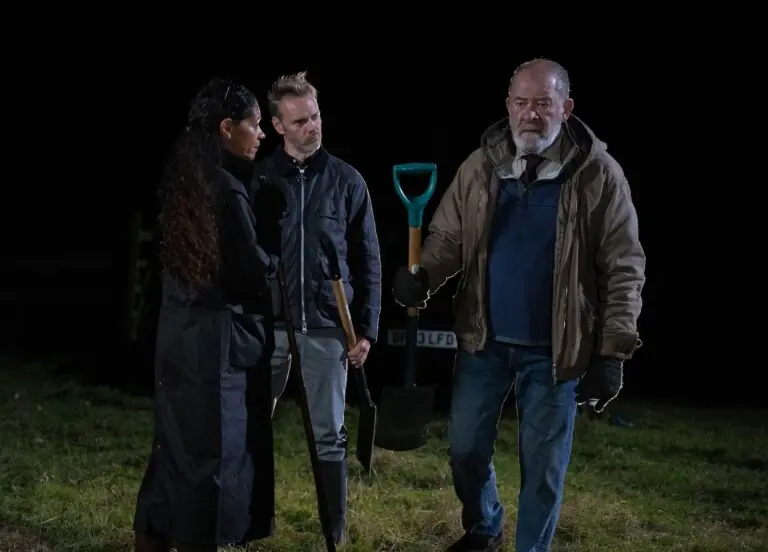
Emmerdale disaster incoming: Bear’s fate ‘sealed’ as Joshua Richards makes devastating admission

Robron plot Kev’s downfall – but Emmerdale fans declare they ‘love him’

Inside I’m A Celebrity star Lisa Riley’s relationship with partner Al – sparkly engagement ring; ‘ridiculous’ wedding costs; marriage U-turn

Gemma Atkinson addresses having another baby with Gorka Márquez: ‘A third would be nice’

Chocolate Milk: The Surprisingly Powerful Recovery Drink Backed by Science
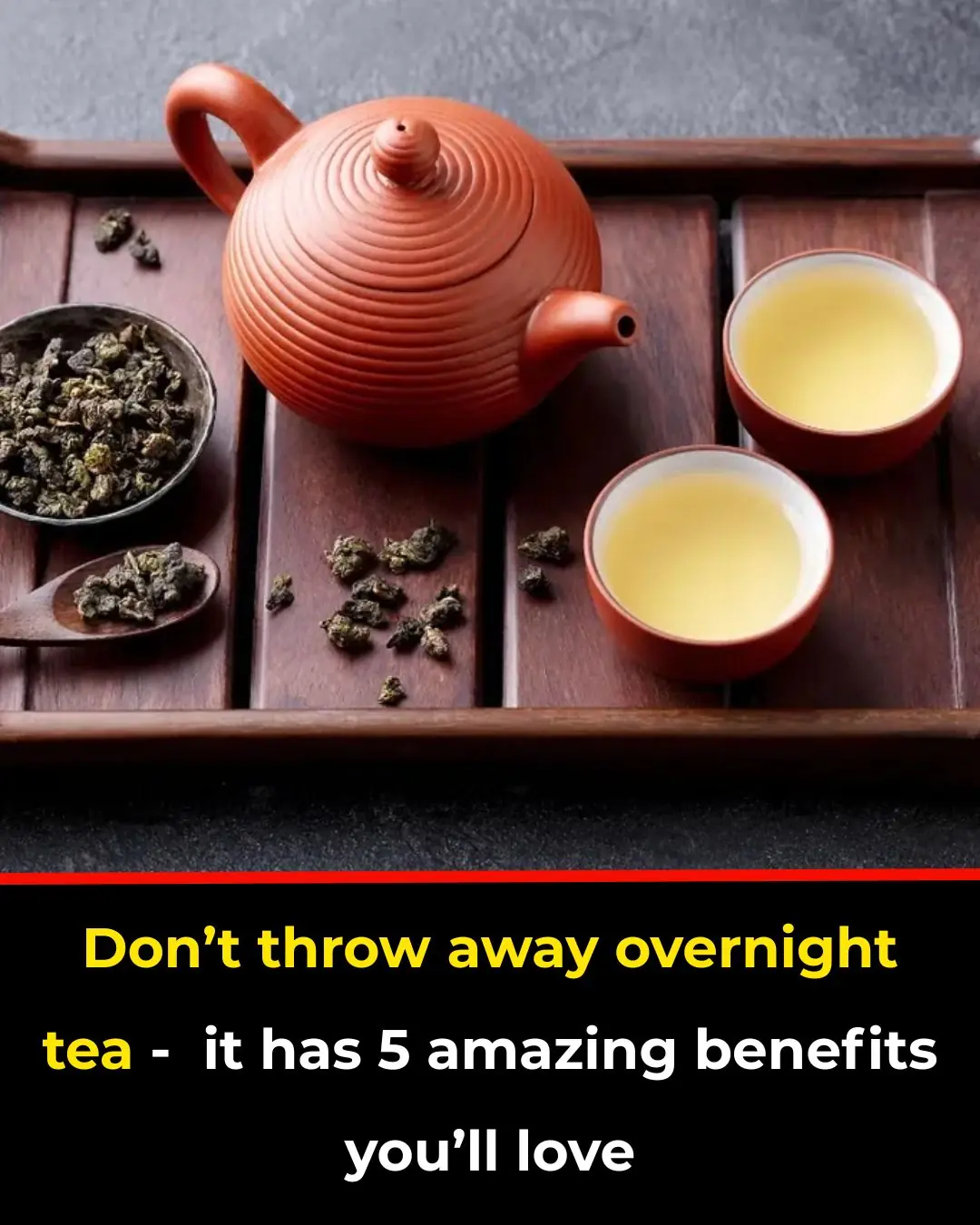
Don’t Pour Out Overnight Tea — It Actually Has 5 Surprisingly Useful Benefits

The Cancer-Fighting Vegetable Rated the World’s Best by the U.S.—And It’s Sold Everywhere in Vietnam

5 Vegetables That “Fight Back” Against Cancer Cells — And You Can Easily Grow Them on Your Balcony

13 Affordable but Highly Nutritious Foods: Ideal for People Experiencing Fatigue or Weakness

Magic Eraser Can Clean Almost Anything — But Here’s What You Didn’t Know
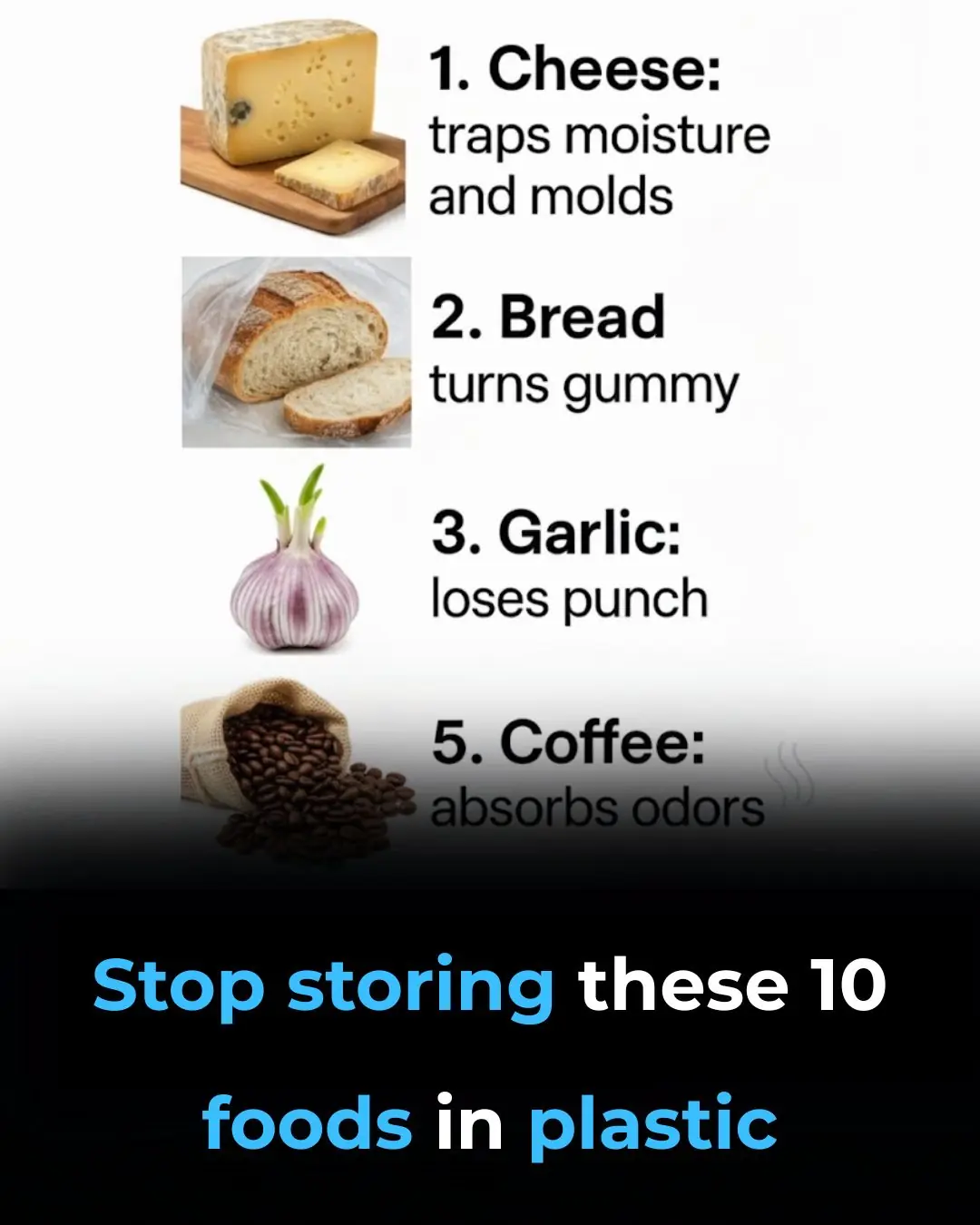
Stop Storing These 10 Foods in Plastic
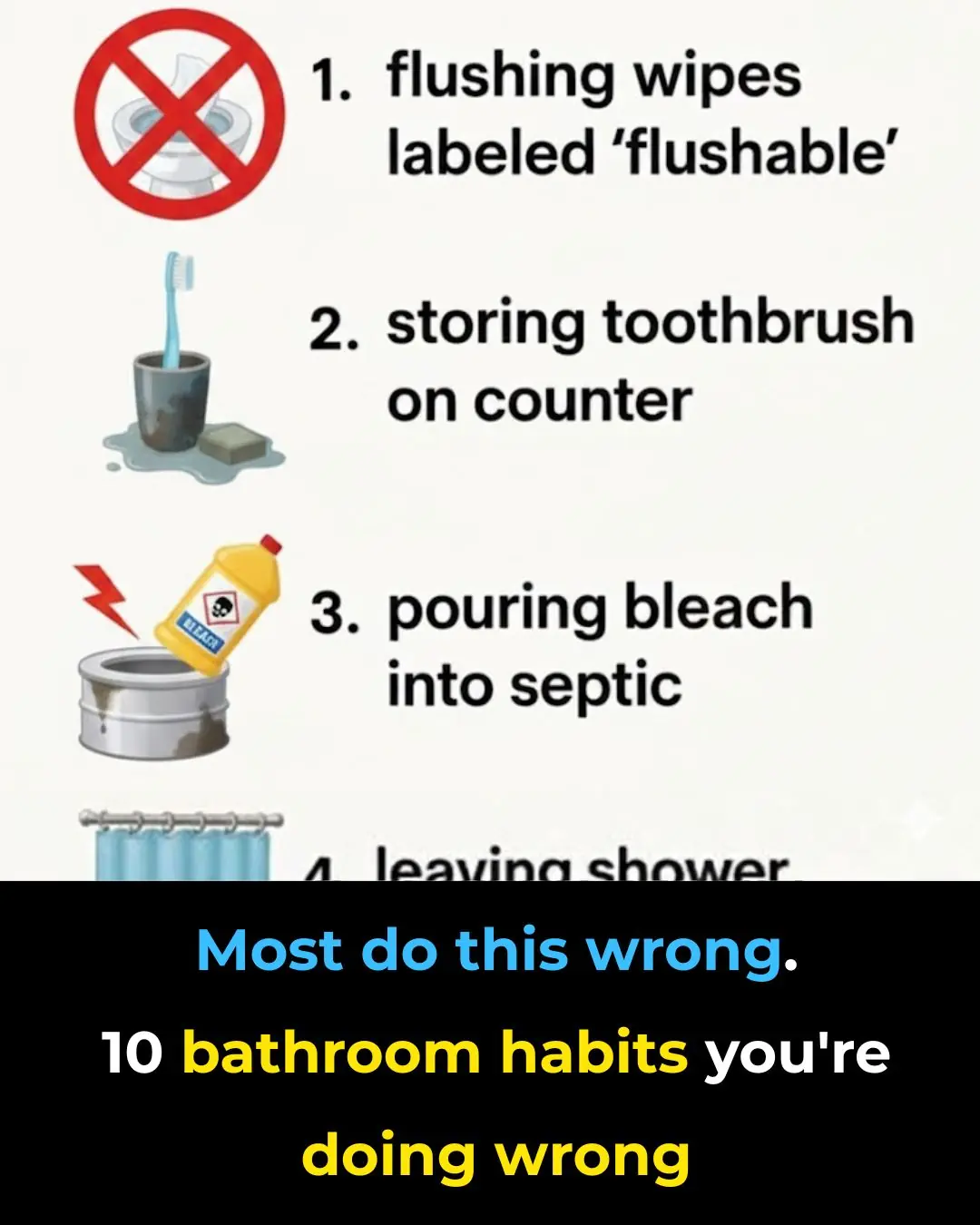
Most people do these wrong: 10 bathroom habits you need to fix

Roman Kemp tells sister Harleymoon he has stopped taking antidepressants in Celebrity Race Across the World confession
News Post

Injectable Gel Breakthrough Brings New Hope for Nerve Regeneration

Why Boiled Eggs Deserve a Spot on Your Breakfast Table

Goodbye Synthetic Dyes: Doritos Join the Push for Cleaner, Transparent Ingredients

Breakthrough Research Suggests Kidney Damage May Be Reversible After All

How Intermittent Fasting Protects the Heart: New Evidence on Blood Clots and Cardiovascular Health

New Evidence Links Hepatitis C to Brain Pathways in Mental Illness

ITV breaks silence as Celebrity Big Brother is ‘axed from ITV schedule’

Peter Andre teases ‘special’ project with wife Emily: ‘We are having exciting meetings’

🚫 When to Avoid Ginger — 6 Medical Conditions That May Be Affected

What Happens to Your Body When You Eat Canned Tuna Every Day

I’m A Celebrity star Kelly Brook’s husband reveals when he’s flying out to Australia

Kris Jenner shows support for Meghan Markle weeks after Kardashians photo scandal

Inside Angry Ginge’s ‘bromance’ with Angry Ginge – how they met; ‘going to war’ over diss track; huge ‘risk’ that ‘paid off’

Ant McPartlin’s tattoos explained – tribute to wife Anne-Marie; uproar over ‘missing’ family member; nod to his recovery

Emmerdale disaster incoming: Bear’s fate ‘sealed’ as Joshua Richards makes devastating admission
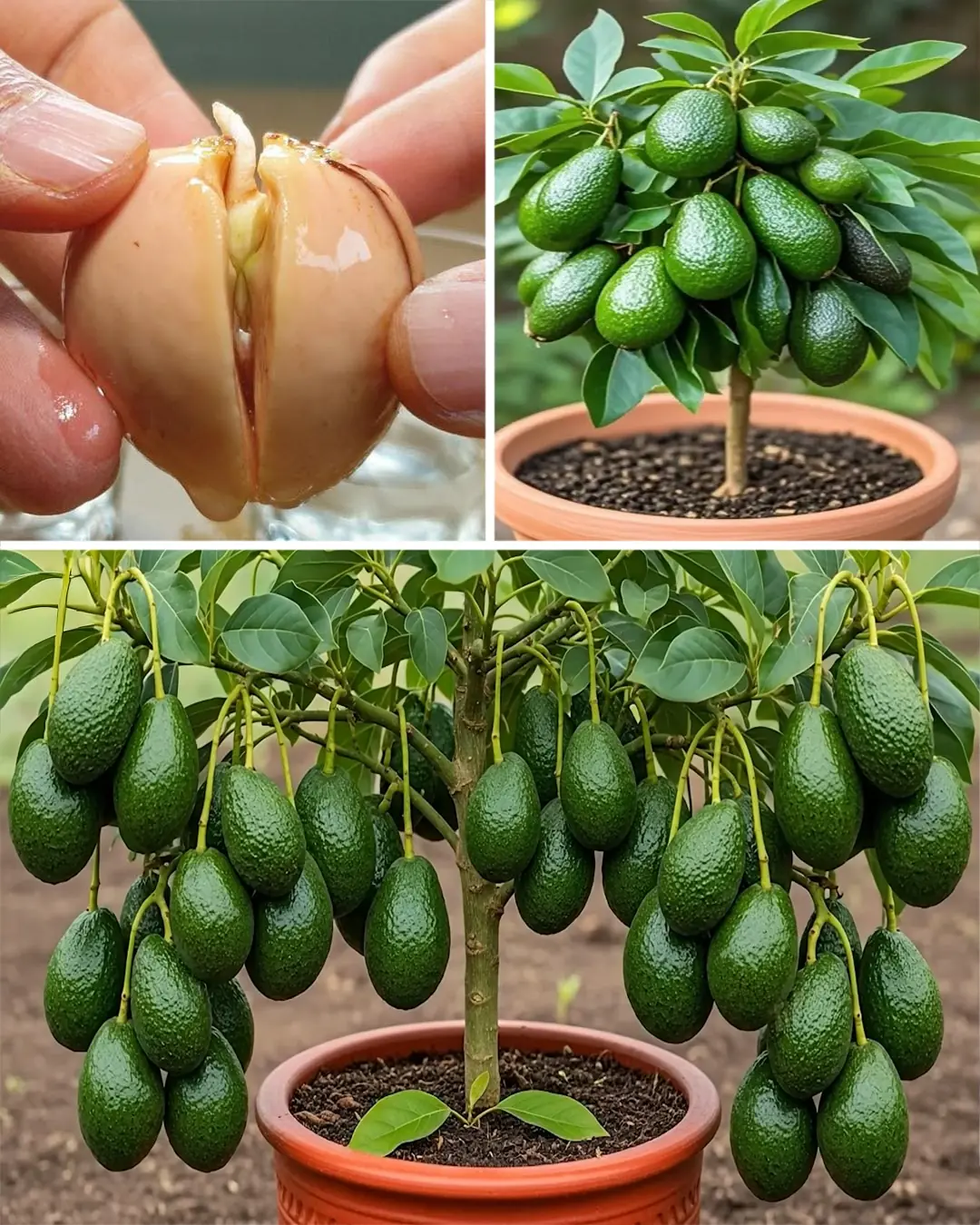
How Do Farmers Grow Avocado Trees

Robron plot Kev’s downfall – but Emmerdale fans declare they ‘love him’

If You See a Woman Wearing a Wedding Ring On Her Pinky, Here's What It Means

2-Minute Painless Hair Removal: Natural At-Home Solution
